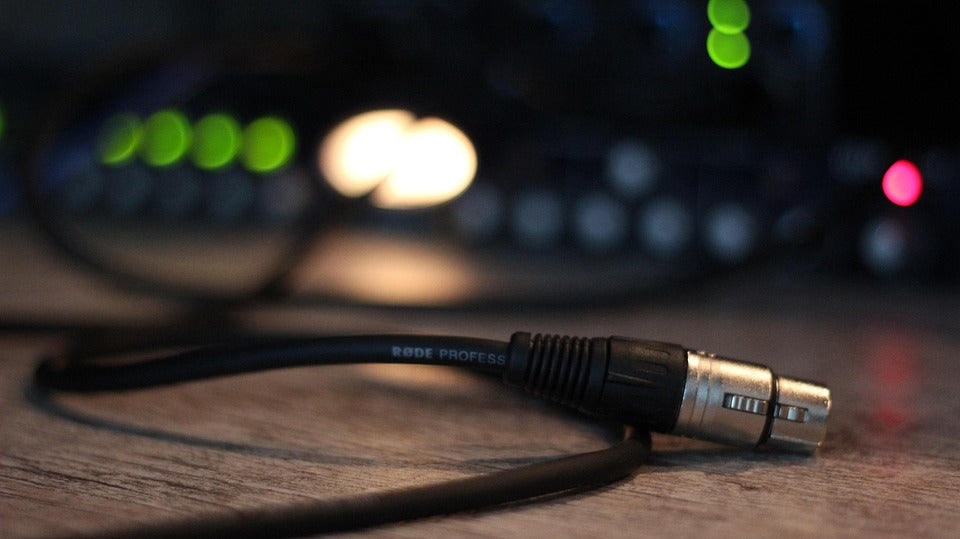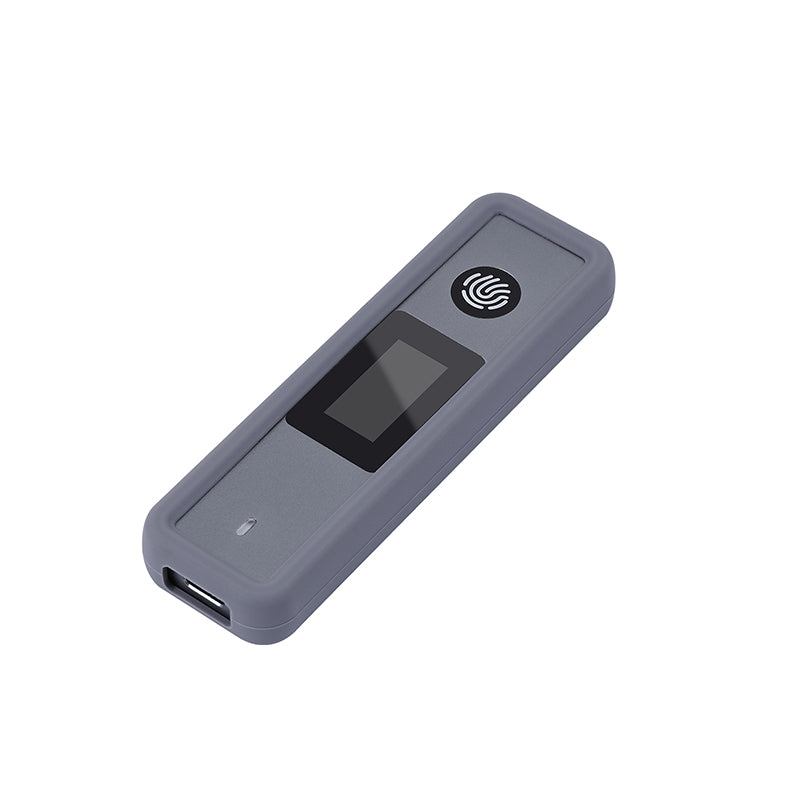
Share
HDMI Adapter vs Cable: What’s the Difference and When to Use Each?
If you’ve ever tried to hook up your laptop to a monitor or your game console to a projector, you’ve probably come across two common tools: HDMI cables and HDMI adapters. At first glance, they might seem interchangeable—they both help transmit audio and video signals. But here’s the catch: they’re not the same thing, and using the wrong one can lead to connection headaches, signal loss, or just plain confusion.
So what exactly is the difference between an HDMI adapter and an HDMI cable? And more importantly, when should you use each?
Let’s break it all down in clear terms, so the next time you're staring at a tangle of ports and plugs, you’ll know exactly what you need.
Understanding the Basics: HDMI Cables vs Adapters
At its core, an HDMI cable is designed to connect two devices that both have HDMI ports, like a TV and a Blu-ray player. It transmits both high-definition video and multi-channel audio through a single wire—simple, clean, and efficient.
An HDMI adapter, on the other hand, acts as a bridge between HDMI and another type of port. For example, if your laptop only has USB-C or DisplayPort, and you want to connect it to an HDMI display, you’ll need an adapter that converts the signal from USB-C to HDMI.
Here’s a quick comparison:
|
Feature |
HDMI Cable |
HDMI Adapter |
|
Purpose |
Connects two HDMI-enabled devices |
Converts one type of video signal to HDMI or vice versa |
|
Ports Needed |
HDMI on both ends |
One HDMI + one non-HDMI (e.g., USB-C, DisplayPort, VGA) |
|
Signal Type |
HDMI digital signal |
Varies: digital-to-digital or digital-to-analog |
|
Complexity |
Plug-and-play |
May require signal conversion (active circuitry) |
|
Cost |
Typically lower |
Often slightly higher due to built-in conversion tech |
When to Use an HDMI Cable
An HDMI cable is your go-to if both devices you’re connecting already have HDMI ports. That includes most modern:
TVs
Monitors
Gaming consoles (e.g., Xbox, PlayStation)
Streaming devices (Roku, Apple TV, Fire Stick)
Blu-ray players
Laptops with HDMI output
HDMI cables can carry up to 8K video and multi-channel audio, depending on the version. According to the HDMI Licensing Administrator, HDMI 2.1 cables support 48 Gbps bandwidth, which is enough for uncompressed 8K at 60Hz or 4K at 120Hz, ideal for high-performance gaming or next-gen media setups (source).
If you want maximum quality and minimal fuss, an HDMI cable is the cleanest solution—just make sure the cable version matches your device needs (e.g., 2.0 for 4K, 2.1 for 8K).
When You Need an HDMI Adapter
Sometimes, your source device doesn’t have an HDMI port. That’s especially common with newer laptops, tablets, or compact devices that use:
- USB-C
- Mini DisplayPort
- DisplayPort
- VGA (older devices)
- DVI (legacy desktop PCs)
In this case, you’ll need an HDMI adapter to convert the signal to something your monitor or TV can accept.
For example:
- A MacBook with USB-C output needs a USB-C to HDMI adapter to connect to an HDMI display.
- A Windows laptop with DisplayPort output might require a DisplayPort to HDMI adapter.
- Older computers with VGA ports will need a VGA to HDMI adapter, though this usually requires active conversion because VGA is analog.
Active vs. Passive Adapters
Not all adapters are created equal. Some work only with compatible ports (passive), while others include a built-in chip to handle signal conversion (active).
|
Type |
Use Case |
Example |
|
Passive Adapter |
Digital to digital, no signal conversion |
DisplayPort to HDMI |
|
Active Adapter |
Analog to digital, or protocol translation |
VGA to HDMI, USB-C to HDMI |
If you’re unsure which one you need, check whether your source port outputs a digital signal. For example, DisplayPort and USB-C usually do; VGA does not.
Signal Quality and Performance: Does It Matter?
Absolutely. Using the wrong adapter—or stacking too many—can degrade video and audio quality. Let’s say you daisy-chain multiple adapters (e.g., USB-C to VGA + VGA to HDMI); you’re introducing multiple layers of signal processing, which can lead to:
Lower resolution support
Input lag or screen flickering
No audio transmission (especially in analog formats like VGA)
The HDMI Licensing Administrator warns that signal conversions—especially from analog sources—can result in lower quality unless active adapters with good DACs (digital-analog converters) are used (source).
If you’re looking for clean 4K output or HDR support, always go for direct HDMI cables or high-quality adapters that specifically mention 4K/HDR compatibility.
Practical Scenarios: What Should You Use?
Let’s run through a few everyday setups to help you decide.
Scenario 1: You want to connect a PS5 to your 4K TV.
Use: HDMI Cable (both have HDMI ports)
Scenario 2: You’re giving a presentation from a MacBook to an office projector with HDMI input.
Use: USB-C to HDMI Adapter
Scenario 3: You have an old desktop with VGA output, and you want to use it with a modern HDMI monitor.
Use: Active VGA to HDMI Adapter (with separate audio input if needed)
Scenario 4: Your gaming laptop has a mini DisplayPort and your monitor only has HDMI.
Use: Mini DisplayPort to HDMI Adapter or Cable
These setups are common, and having the right tool makes the experience smooth—especially if you’re relying on audio-video syncing, like in gaming or video conferencing.
Can You Use Both Together?
Yes—but with caution.
In some cases, you might use an adapter at one end and a regular HDMI cable for the connection. For example, a USB-C to HDMI adapter connected to your laptop, and then an HDMI cable running to the TV.
This works perfectly fine, but don’t chain multiple adapters unless absolutely necessary. Every added connector is a potential point of failure or signal loss.
Compatibility Checklist
Before you plug anything in, it helps to run through this quick checklist:
What are the output and input ports?
If both are HDMI—use a cable. If not, find the right adapter.
What’s the maximum resolution you want?
1080p is easy; 4K and 8K require newer cables/adapters.
Is audio important?
HDMI carries audio, but some adapters (especially analog ones) may not.
Is your adapter active or passive?
Choose active for analog conversions like VGA to HDMI.
Do you need bi-directional conversion?
Most HDMI adapters are one-way (e.g., only USB-C to HDMI, not the reverse). Always check the label.
Final Thoughts
In short, use an HDMI cable when you can, and reach for an adapter when your ports don’t match. It’s really that simple.
Cables are great for straightforward HDMI-to-HDMI connections. Adapters are lifesavers when you need to bridge old and new technologies. Just make sure you're choosing the right kind of adapter for the port and resolution you need, and you'll be set up in seconds—not hours.
If you're ever stuck, a quick look at your device's ports and specs will usually point you in the right direction. A little upfront research can save you a lot of tech frustration later.

